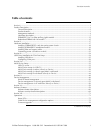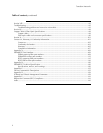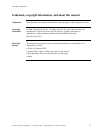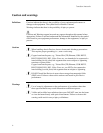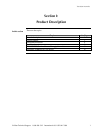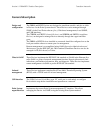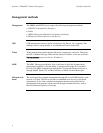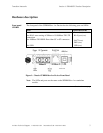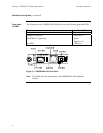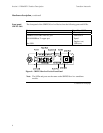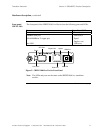
Section I: FBRM/BFFG Product Description Transition Networks
General description
Design and
configuration
The FBRM and BFFG Devices are designed as standalone models, and also as slide-
in Devices for the Point System chassis. These Devices can be managed through
SNMP via the Focal Point software (free), Web-based management, Local SNMP,
and USB interfaces.
The CFBRM and CBFFG (chassis Devices), and SFBRM and SBFFG (standalone
Devices) are designed to manage Devices remotely through the copper and fiber
ports.
The FBRM or BFFG Devices installed on a network should be configured one as the
local peer and the other as a remote peer for management.
Remote management is accomplished using OAM (Operation Administration and
Maintenance) per the IEEE 802.3ah, 2004 standard. Standalone Devices can also be
managed via IP (Web-based) or Telnet.
What is OAM?
These Devices implement the IEEE 802.3ah standard or (OAM) in the Ethernet first
mile. OAM is a group of network management functions that provide network fault
indications, performance information, data, and diagnosis. These Devices implement
remote management via OAM as per the IEEE 802.3ah standard.
In-band
management
These Devices implement complete Real-Time Multi-Threaded Operating System
(RTOS) with a TCP/IP stack for in-band management.
USB interface
The USB (Universal Serial Bus) type “B” serial port is used mainly to configure
Device-basic setup before installation and operation on a network.
Point System
mgmt interface
Implements the current Point System management I
2
C interface. This allows
managing the Device via SNMP, using the existing Point System method.
2






